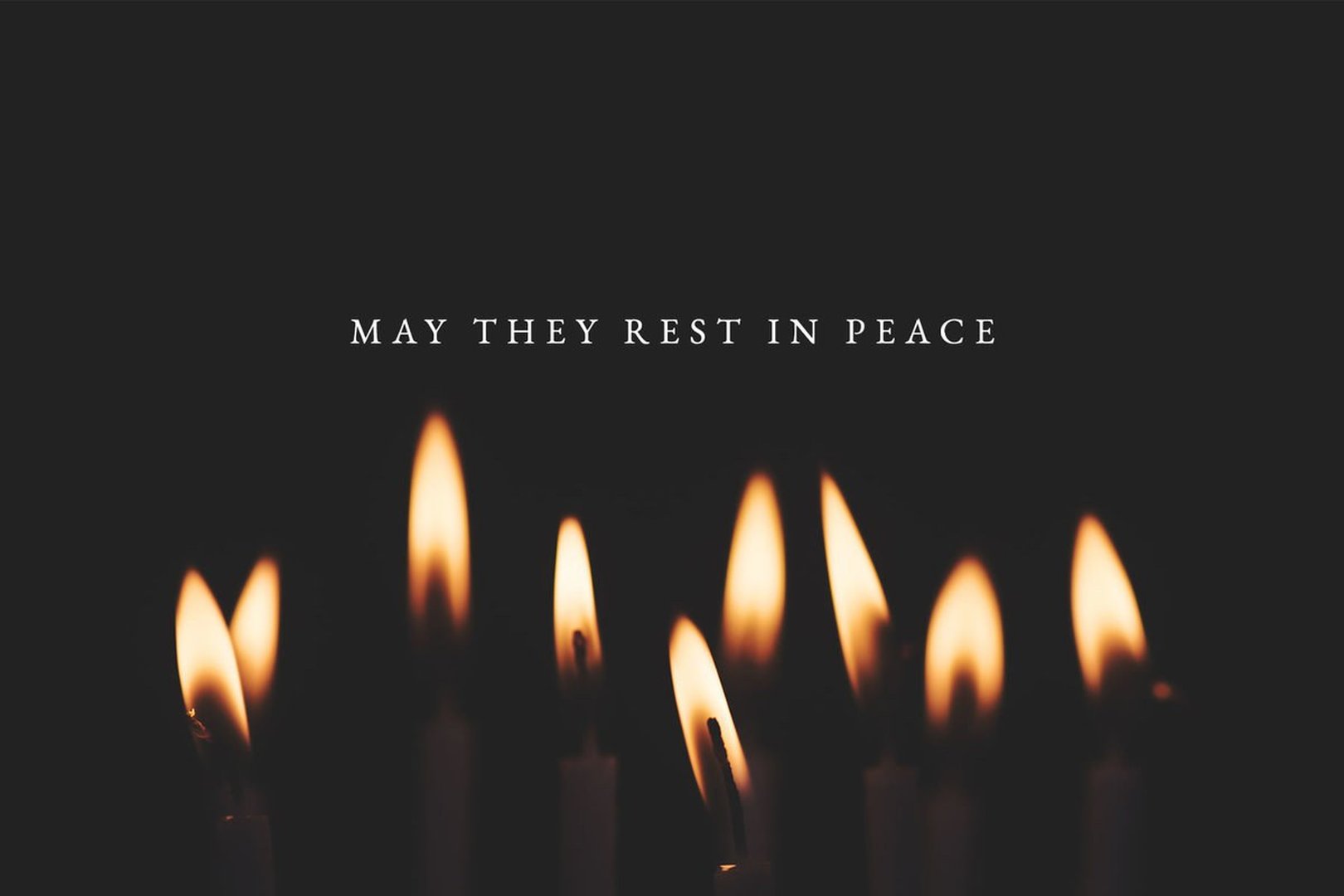Josh Shapiro, the attorney general for the state of Pennsylvania, has used the burning of the Notre Dame Cathedral as an opportunity to write a column upbraiding U.S. bishops.
Noting how quickly Catholics rallied to pledge close to a billion euros to pay for the rebuilding, the attorney general asked: "Where is the sense of urgency and acceptance of responsibility to support the victims and survivors of sexual abuse at the hands of Catholic clergy?”
Unfortunately, his April 24 column in The Washington Post ignores all the Church has done to address the horror of clergy sexual abuse.
He ended it with five recommendations:
- Listen to victims and survivors.
- Follow the patterns. Predator priests and enabling bishops employed the same methods.
- Turn over the secret archives.
- Talk to law enforcement. Involve law enforcement in those conversations.
- Institute a zero-tolerance policy.
The suggestions are sensible, and if there is any good news in this tragedy, it is that the bishops have been implementing exactly these kinds of recommendations since at least 2002.
First, the bishops have been meeting with and listening to the survivors of child sexual abuse by clergy for many years.
The voices of survivors were heard at the bishops’ fall meeting in 2018 and at the gathering of the presidents of all the world’s bishops’ conferences in Rome in February. Every diocese has a victim assistance coordinator who is tasked with being their advocate and thousands have received support.
Second, when it comes to predatory behavior, the Church has identified the patterns: Sexual predators employ similar methods of grooming and deception. The Church has spent more than $400 million on prevention and awareness programs that focus in part on screening out offenders and recognizing and reporting predatory behavior.
More than 2 million adults and 4 million children have been trained to identify and report abuse. The bishops also commissioned two independent studies to identify the causes of abuse in the Church and provide recommendations for strengthening safe environments.
Regarding Shapiro’s suggestion of a conspiracy of cover-up by Church leaders, bishops responded too often in defensive ways, seeking to protect the Church from scandal. The Boy Scouts, public school systems and medical establishments have been found guilty of the same.
This response is absolutely wrong, but it suggests less a conspiracy than a self-protective reflex that has caused great and lasting harm.
Third, more and more dioceses are opening their personnel files, often using trained investigators to go through the records and publish lists of credibly accused clergy.
Fourth, the charter requires all dioceses to report allegations of sexual abuse of minors to law enforcement and cooperate with public authorities regarding past allegations. There is also involvement of law enforcement in other ways, including on the independent review boards that every diocese is required to have so that allegations may be investigated and action taken.
Fifth, there has been a zero tolerance policy for offenders since 2002.
While a billion dollars has been raised for Notre Dame Cathedral, $4 billion has been spent by the Catholic Church in the United States on settlements, on safe environment training and other means of abuse prevention. Seminaries have significantly updated their procedures for vetting candidates.
Since 2002, the Charter for the Protection of Children and Young Adults has had remarkable success. Shapiro’s own grand jury report confirms that virtually every case is pre-2002, and all the priests named are either dead or removed from ministry.
The bishops have even established an external annual audit to measure their compliance with the guidelines of the charter. The National Review Board, whose membership is formed by experts in topics related to sexual abuse and victim support, also advises the bishops on all matters of child protection.
The challenge now facing the bishops is to implement a series of proposed reforms that will hold themselves accountable and enable allegations against any of their members to be reviewed fairly and impartially.
What the events of the past year have made clear is that the church must maintain its vigilance toward abuse, commit itself to a policy of transparency, and always, always keep the survivors in the forefront of its concern.
Erlandson, director and editor-in-chief of Catholic News Service, can be reached at [email protected].










